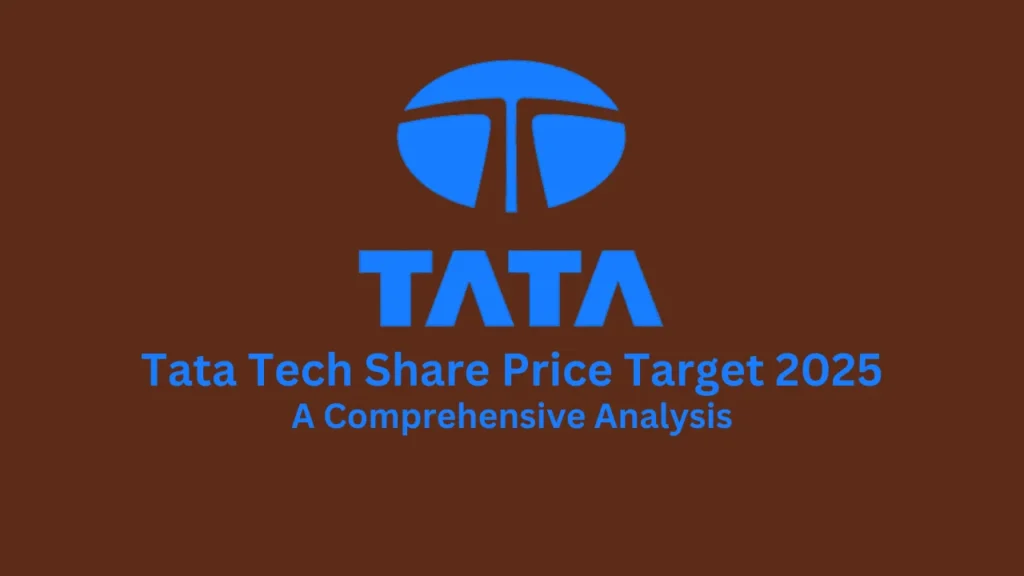The Indian housing market has entered a strong phase in 2025. After a pandemic-driven boom and a 2-year period of steady growth, multiple shifts—RBI’s repo rate cuts, metro market cooling, and rising affordability for buyers—have changed the landscape once again.
First-time homeowners and long-term investors alike are asking: Should I buy now, or wait?
In this guide, let’s have a look into the real estate and home loan ecosystem of 2025, helping you decide whether this is the right year to make your home-buying move.
Market Trends: Reading the Signs
1. Growth Phase Still Active in Tier-1 & Tier-2 Cities
According to analysts at ICICI Securities and Knight Frank, India’s real estate sector is still in the midst of a long-term upcycle, especially in cities like Hyderabad, Pune, and Ahmedabad, where demand for mid-range and premium apartments remains strong.
Why it matters: Those looking for primary residences still have access to growing projects in planned urban areas with infrastructure spending.
2. Metro Housing Demand Shows a Temporary Dip
Despite the uptrend, housing sales across the top 7 cities fell 20% YoY in Q2 2025, primarily due to high prices, limited launches, and buyer hesitation.
Exception: Chennai stood out as the only metro with positive sales momentum.
Why it matters: A cooling metro market may create better room for negotiation in high-inventory pockets like Navi Mumbai or Noida Extension.
3. Price Growth Continues—But Slower
Property prices in 2025 are growing at a moderate pace of 6–6.5% annually, compared to double-digit growth during 2022–2023.
Why it matters: Homebuyers can’t expect major price corrections, but still have time to enter before steeper hikes resume with policy-driven infrastructure rollouts.
Loan Environment: RBI’s Soft Landing for Buyers
1. Repo Rate Cuts Have Made Loans Cheaper
In a major shift, the RBI cut the repo rate by 50 bps to 5.5% and reduced the CRR by 100 bps in June 2025. The move was meant to inject liquidity and ease borrowing across sectors.
Impact: Home loans have now become one of the most affordable mainstream credit instruments.
2. EMIs Are Dropping by Thousands
For a ₹1 crore home loan, monthly EMIs have dropped to approximately ₹68,000, down from over ₹73,000 in early 2024. That’s a potential annual saving of ₹60,000 or more.
3. NBFCs and HFCs Are Now Very Competitive
Lenders are offering interest rates as low as 8%. These are particularly useful for self-employed or gig economy borrowers, who often face tougher approval terms at traditional banks.
Should You Buy in 2025? The Pros and Cons
Why It Might Be the Right Time
- Lower EMIs = Higher Eligibility
You can now qualify for bigger loan amounts or reduce your repayment burden.
- Developers Are Offering Festival-Driven Deals
Expect bundled offers during Rath Yatra, Ganesh Chaturthi, and Diwali, ranging from zero EMI for 12 months to stamp duty waivers .
- Inventory Overhang in Certain Markets
In areas where developers are sitting on unsold units, price negotiations are more possible.
- Stable Job Market
The IT, healthcare, and EV sectors are adding jobs in urban India, improving repayment confidence for salaried buyers.
Why You Might Want to Wait
- High Prices in Core Metros
Mumbai, Delhi-NCR, and Bengaluru have seen price fatigue—where value doesn’t always match per sq. ft. rate.
- Uncertain Global Signals
Inflation fears and geopolitical concerns may impact investor confidence or affect the rupee, which can influence input costs.
- Luxury & Investment Segments Cooling
Investors seeking appreciation in 2–3 years may not find the returns they did in 2021–22.
What Home Buyers Should Do Now
1. Align Budget with Cash Flow
Use online EMI calculators and ensure EMIs stay under 40% of your monthly income. Factor in maintenance, taxes, insurance, and not just the loan EMI.
2. Look Beyond Banks
NBFCs are more open to non-traditional borrowers, and often approve faster, especially during festive campaigns.
3. Invest in Growth Corridors
Rather than overstretching for a city-centre home, look at emerging corridors near metro stations, new ring roads, or SEZs.
4. Time Your Booking Right
If you’re leaning toward purchase, target festive periods from August to December when developers roll out bundled offers.
5. Check Builder’s RERA History
Always verify RERA ID, construction stage, and financial stability of the builder before blocking funds or availing a loan.
Final Thoughts
So, is 2025 the right year to buy a home? The answer depends on what kind of buyer you are.
- If you’re a first-time homeowner or long-term user, the falling interest rates, abundant inventory, and strong project pipelines make 2025 an excellent entry point.
- If you’re a short-term investor, especially in the luxury segment, this year may demand a more cautious approach.
Ultimately, it’s not just about market timing—it’s about financial readiness, loan eligibility, and your personal goals. In 2025, the real estate market offers a rare balance of affordability and access, but only for those prepared to act smartly.



